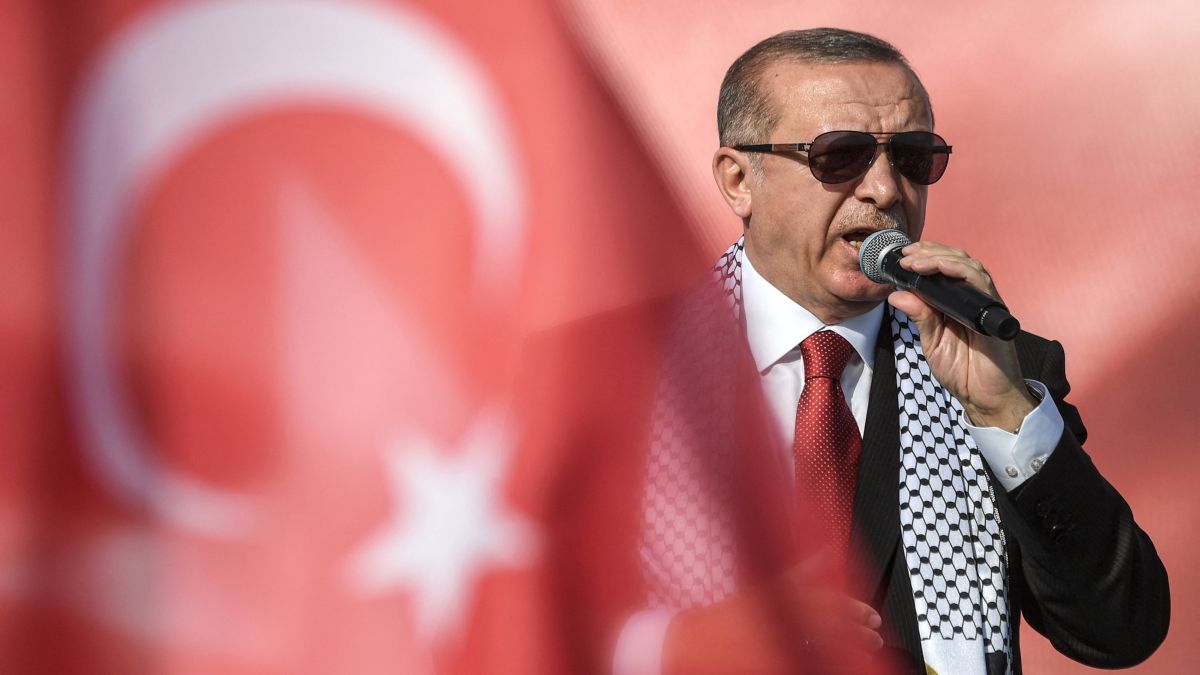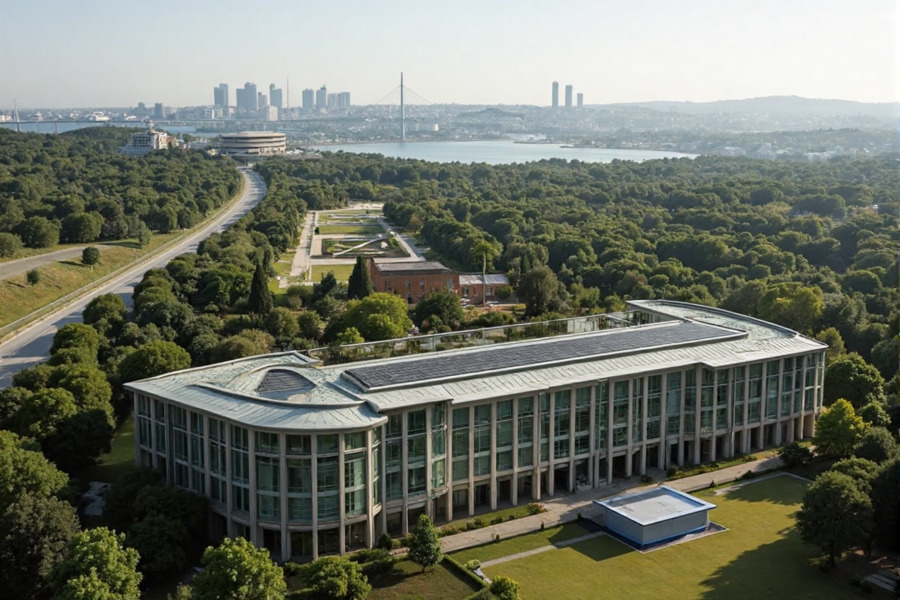This Week in Explainers: After Pakistan, why India has to be wary of Turkey
It’s been a week since the ceasefire, but there is an uneasy tension between India and Pakistan. The enemy’s losses and many lies have come to the fore, only proving that New Delhi won the battle. Amid this, Turkey’s role in backing Pakistan has been exposed, and Ankara is now facing the wrath. In our weekly wrap, we bring you the latest on this situation
read more
It’s been a week since the ceasefire agreement between India and Pakistan. After 100 hours of battle, there’s now a shaky truce.
What’s clear is that India’s Operation Sindoor was a resounding success. The enemy suffered
massive losses
– its eight airbases and war planes were destroyed, and at least 50 soldiers were killed.
It was Islamabad that reportedly begged New Delhi to stop the assault. That’s not all. It also pleaded to withdraw the suspension of the Indus Waters Treaty.
The two sides have held military-level talks and agreed “not to fire a single shot” and to consider the reduction of troops. However, there have been some violations from Pakistan, and drones have been sighted in border states.
As the dust settles on the standoff and more details about India’s strikes emerged, it has been revealed how Pakistan largely depended on China and
Turkey-made weapons
. In India, there are growing calls to boycott Turkey, which is bad for its economy. From aviation to education and travel, and trade, Indians are distancing themselves from Ankara.
India has also sent Pakistan several warnings that terror would no longer be tolerated. Prime Minister Narendra Modi has spoken about the “new normal”, which, in his words, means “terror and talks cannot go together, terror and trade cannot go together, water and blood cannot flow together”. His visit to
Punjab’s Adampur airbase
made a strong statement.
In our weekly wrap, we look at all that has unfolded since India and Pakistan stopped fighting. full
1. Last Saturday, when it seemed like India and Pakistan escalations would lead to a full-blown war, a surprise announcement was made by US President Donald Trump that the two sides had agreed to a truce. It was a desperate Islamabad that reached out to New Delhi, requesting it to stop the fighting. But was this because of the
massive damage Indian strikes caused to Pakistani airbases
?
2. During Operation Sindoor, Pakistan’s misinformation machine was in full swing, spreading one big lie after another. But there is that much you can hide. After the ceasefire, the neighbour admitted that it had not captured a woman officer Indian Air Force. It also admitted that damage was caused to its aircraft, declared Rahim Yar Khan airbase’s sole runway non-operational for a week, and admitted that it had lost soldiers in the battle with India. Finally,
Islamabad accepted its failures
.
3. Pakistan Army chief Asim Munir is the man responsible for the standoff between India and Pakistan. His divisive speech has been linked to the Pahalgam terror attack. It was in retaliation for the killing of 26 tourists that Indian military forces carried out Operation Sindoor. However, during India’s airstrikes, Munir reportedly went missing.
Was he hiding in a bunker?
4. There was a growing buzz about a radiation leak in Pakistan after India targeted its airbases. At the centre of this was
Kirana Hills
, which houses the Mushaf Air Force Base in Sargodha and reportedly a nuclear facility. So, did India’s strike lead to a leak? We tell you how this
rumour rose and got buried
.
5. Months before the April 22 attack, US-based firm Maxar Technologies saw a rise in demand for high-rise satellite images of Pahalgam and its surrounding areas. There were at least a dozen such orders. Turns out, the company has a link to Pakistan.
This story takes a look
.
6. Foreign Secretary Vikram Misri took centre stage when he led India’s press briefings amid tensions with Pakistan last week. However, after the ceasefire was announced, Misri and his family faced trolling. While war-mongers were disappointed with the truce, several diplomats came out in support of the FS.
Here’s what happened
.
7. The BrahMos supersonic cruise missile played a big role in India’s victory against Pakistan. It targeted several strategic locations deep inside the neighbouring nation and proved that Made-in-India weapons are powerful and effective. In April, India dispatched the second batch of these missiles to the Philippines. Now, the
BrahMos
is drawing interest from around the world, from
Vietnam to Saudi Arabia
8. India is teaching Pakistan a hard lesson. Before Operation Sindoor, the government suspended the Indus Waters Treaty. Now, Islamabad is pleading with New Delhi to reconsider the decision. This comes as the neighbour sees the action as detrimental to its people and economy.
How parched is Pakistan?
9. While most countries have backed India, there are a few that were on Pakistan’s side. Turkey and Azerbaijan are among those that supported the enemy. However, Turkey not only spoke in favour of Islamabad but also provided drones, which were used to attack India. Now, there is a growing call among Indians to
boycott Turkey and Azerbaijan
. Here’s how it will hurt both nations.
10. Turkey’s problems are only growing. Now, President Recep Tayyip Erdoğan finds himself embroiled in the India-Pakistan conflict. The Centre has cancelled the licence of
Celebi Aviation
, a Turkish multinational which handles services at nine major airports across India, citing national interest. Rumours say that Erdoğan’s daughter, Sumeyeye, holds a stake in the firm. That’s not all. She is married to Selcuk Bayraktar, the chairman of BAYKAR, the company that makes drones that Pakistan uses. We tell you
all about the controversy
.
That’s our reading list on everything you need to know about the India-Pakistan conflict and its fallout. If you want to know the latest, you can
come back to this page
.

)
